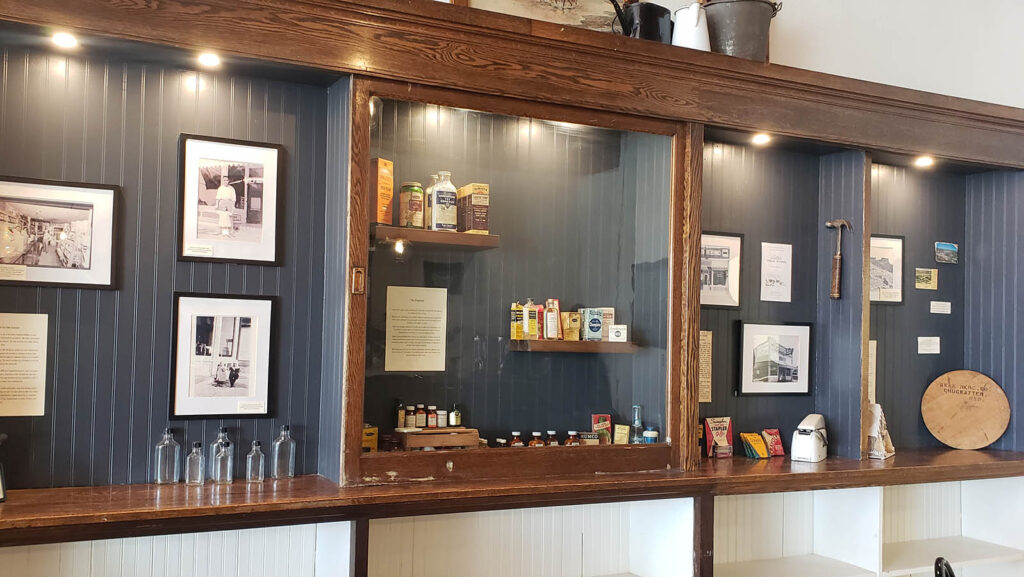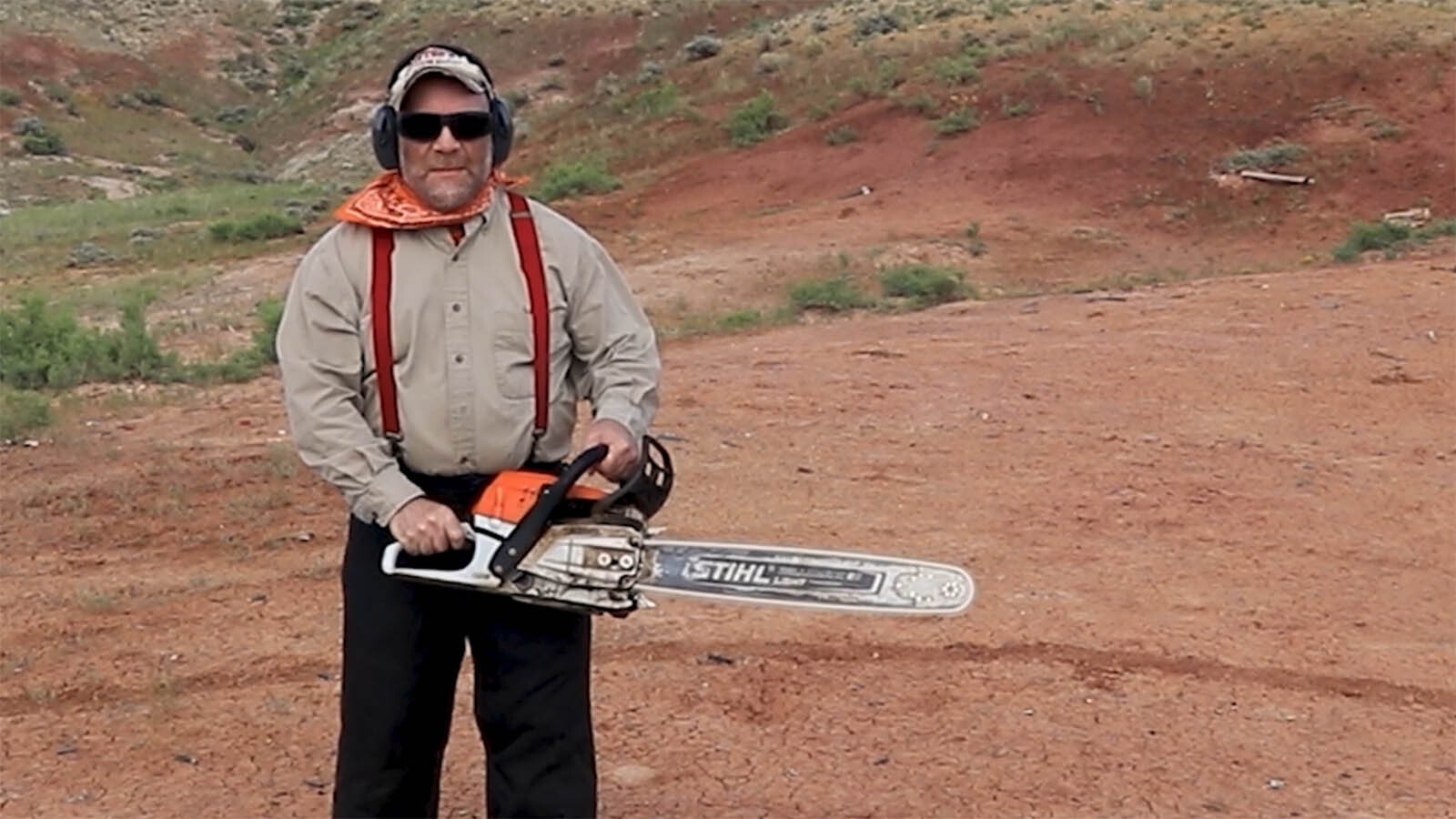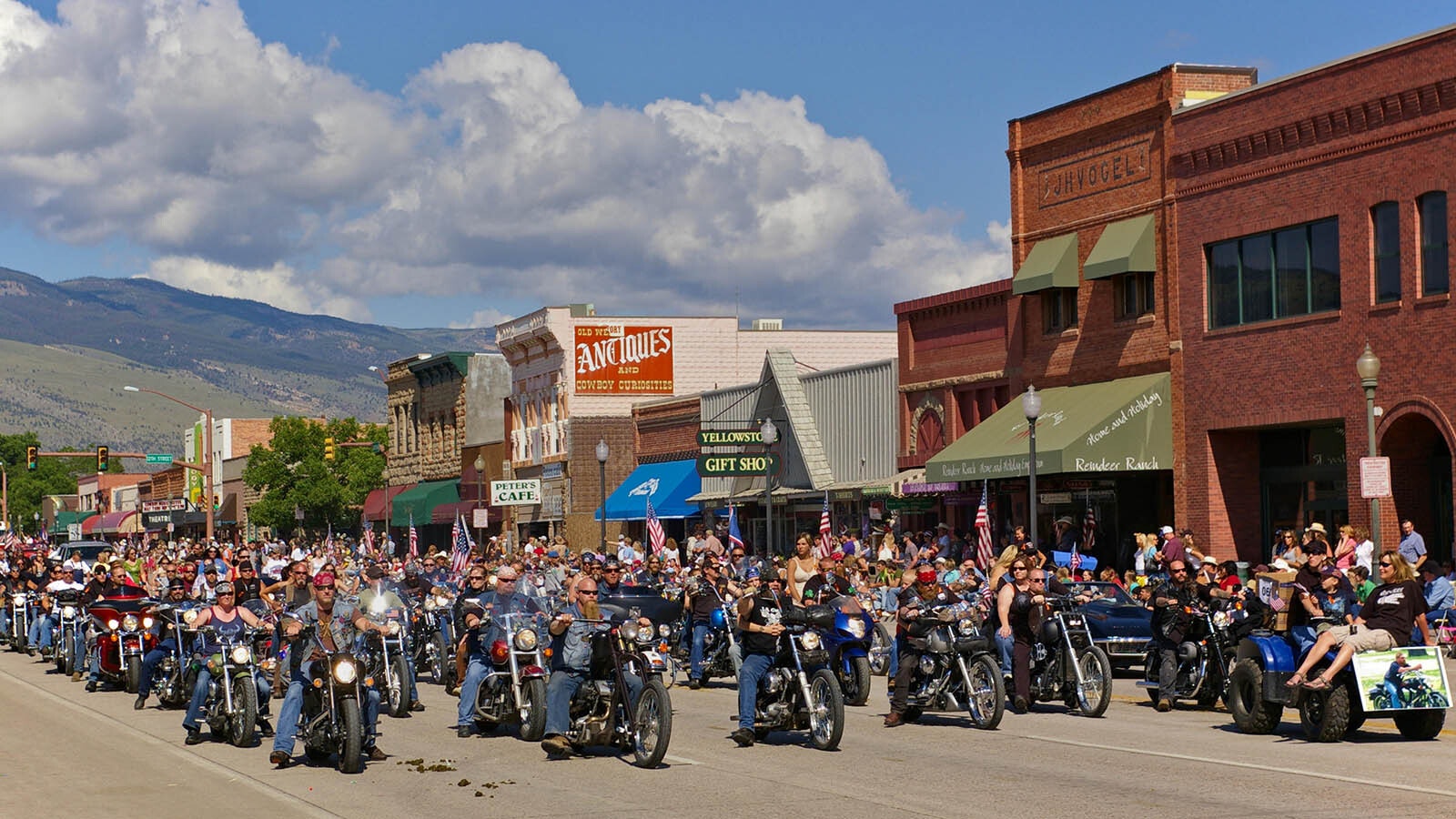One of the most popular homestead bloggers on social media doesn’t live in a faraway or exotic location. She’s here in Wyoming, just outside the tiny town of Chugwater, 40 miles north of Cheyenne, with a population of just 175 people.
Her name is Jill Winger, and the Idaho native has been blogging steadily about homesteading to a growing national audience for more than a decade, beginning long before it became the multimillion-dollar, buzz-word industry it is today.
Winger, however unassuming she may appear in person, is a social media star with almost 650,000 Facebook, 286,000 YouTube subscribers and millions of page views, as well as author of a bestselling cookbook that features advice and recipes developed from her family’s adventures restoring a 67-acre farmstead.

Don’t Do It
The farm, she will admit, was something of an impulse purchase – one friends tried to talk her and husband Christian out of making.
It wasn’t just that the farmstead’s house was so tiny. Nor that it was 35-some miles from work and the nearest grocery store.
A single glance at photos was all one needed to know the property was a disaster.
Old car parts littered the property, filling up a shop and a barn and seeming to grow like mushrooms from the pasture itself. An empty washer had even randomly sprouted in the back pasture.
There were crumbling fence lines, disintegrating outbuildings and gaping holes where trash was being buried. When the Wyoming wind blew, it would pick trash up from those piles and blow it all around the tiny home in little whirlwinds, as if to say, “I told you so.”
The house itself wasn’t any better. There were no “good bones” to salvage here like homestyle magazine articles often opine about.
The dining area was so tiny, Winger took to calling it a dining closet. It would barely fit a small table and chairs. The ceiling was lop-sided, too.
The kitchen, meanwhile, had no dishwasher — it was too small. And while the ceiling was reasonably straight, the floors sagged.
The living room wasn’t even as large as a small master bedroom. It was like a tiny home, before there were actual tiny homes.
When the couple tore off their new home’s ugly yellow siding, sure enough there were new, hidden troubles to occupy time and money — rotten boards and zero insulation.
The house was a classic money pit.
But 67 Glorious Acres
The Wingers wouldn’t be dissuaded, though.
Despite its condition, the farmstead was 67 acres of glorious space — big enough to hold all their horses and all of their dreams.
The couple took random odd jobs in addition to their regular jobs, earning extra cash to fix their new home.
They also worked every free weekend, restoring the property board by board and, sometimes, staple by staple.
Winger, in fact, blogs about painstakingly removing tens of thousands of tiny staples from the log fencing that remained on the property, so it could all be reused.
Never once during all this was there any thought in either of their minds about being “homesteaders.”
“It was one of those weird bits of inspiration where I got the land and then I’m like, ‘How else can we make this productive?’” Jill said. “Because we didn’t have a lot of money. We didn’t have a big budget. So, I’m like, ‘How do I rationalize my new mortgage payment?’ You know, you buy on emotions, but you justify it with logic.”



One Thing Leads To Another
That’s where the garden and the homesteading really all began.
Winger decided she could free up more cash for other things if she just grew some of the family’s food.
Meanwhile, the horses were making so … much … manure.
She didn’t have a tractor to haul it away. That led to a research project on compost piles that could feed her garden. Christian helped her build the farmstead’s first compost bin.
The remoteness of the farm also played a key role in transforming her into the Prairie Homestead blogger.
“I was lonely,” Winger said. “All my friends were still in college or doing young person things, and I was trying to like, build a compost pile. So weird. I’ve always been weird.”
The blog helped Winger find others like herself who were treading a path toward self-sufficiency before there was any buzz at all around it.
The 3-Year-Old Already Knew
Winger laughingly admits, however, that her homesteading ways probably go back to when she was just 3 years old and begged her parents for a horse.
They would send their wild child outside to play instead, where she would stubbornly push a wheelbarrow around the yard, pretending to clean horse stalls.
Barbie and Ken dolls? Forget about it. Her dolls were all ranch hands, too.
“I was literally obsessed with it,” Winger admits.
Eventually, she graduated to showing mom and dad the sweet ranches they could buy. They would just laugh. They weren’t interested in that idea. At all.
Winger doesn’t know why she’s always been so interested in the homesteading lifestyle, or she prefers to describe it, old-fashioned on purpose.
“Everyone talks about the simple life,” Winger says. “Especially right now because homesteading is trendy, but, it’s a little bit of a paradox.”
It’s honestly simpler to go to the grocery store to get food, versus growing it one’s self, she said.
“But there’s something about that hard work and that complexity that’s really speaking to our culture right now,” she said. “And one of the biggest, just overall revelations, is just how much more fulfilling life is when we strip back a lot of the modern stuff. Life just kind of comes into full color. A lot of things just fall into place and make sense.”
Soda Shop Is A New Dream
These days, you’ll often find Winger working behind the counter of Wyoming’s oldest soda shop, serving up grass-finished beef hamburgers from her homestead, along with any one of 35 flavors of milkshake.
The soda fountain, she says, is a detour from her typical homestead projects, as is a charter school she and Christian are helping to set up in Chugwater.
“That’s taking a lot of time and energy,” she said. “But we just wanted to be able to invest in the community, too.”
The soda shop, and perhaps even the school, are not so far outside the wheelhouse as they might seem, though.
Winger has found making things by hand slows life down to a speed where she can appreciate it in a new way.
At that slower speed, a compost pile isn’t just a compost pile. It’s a link in the chain of life — gold for a garden that’s making all the vegetables on the table, which are in turn shared day-in, day-out with the family she loves.
There’s a satisfaction in all of that, and something that can’t be purchased from a store.
It’s the same satisfaction Winger feels when she looks around the busy soda shop she and her husband have restored. People are gathering and connecting over the burgers and milkshakes that she’s made with her own hands.
“Chugwater is a cute little town with a lot of potential,” Winger said, glancing around at the shop full of chattering people. “It’s just fun to see people getting excited about it.”





